Introduction
The aviation industry is taking a significant stride towards a greener future with the adoption of sustainable aviation fuel (SAF). Derived from renewable resources such as non-food biomass and used cooking oil, SAF offers a substantial reduction in carbon emissions compared to traditional jet fuel. Pioneering partnerships, like that between Airbus and Neste, highlight the industry's commitment to achieving a net-zero future.
Virgin Atlantic's incorporation of SAF into its fleet operations, including the use of Boeing 787 Dreamliners powered by SAF, further underscores the industry's dedication to reducing its environmental footprint. Backed by significant public and private investments, the aviation industry is ensuring that SAF meets the highest safety and compatibility standards with existing jet engines. As climate change's effects become increasingly evident, services like Neste Impact provide organizations with actionable pathways to meet sustainability targets.
With expert insights and real-time tracking services, stakeholders have the tools to optimize operations and embrace sustainability initiatives. The integration of SAF is more than an environmental imperative; it signifies the aviation industry's commitment to innovative solutions for a sustainable future. As individuals and businesses prioritize reducing their carbon footprints, the adoption of SAF is a clear step towards preserving our skies for generations to come.
What is Green Jet Fuel?
Sustainable Aviation Fuel (SAF) represents the aviation industry's ambitious stride toward greener skies. This advanced biofuel, derived from renewable resources such as non-food biomass, used cooking oil, and other waste materials, offers a significant reduction in carbon emissions compared to conventional jet fuel. As a testament to its potential, Neste's SAF, rigorously audited for sustainability, can achieve up to an 80% reduction in carbon footprint over its lifecycle compared to traditional jet fuel.
In the quest for decarbonization, pioneering partnerships like Airbus Neste highlight the commitment to a net-zero future. The use of SAF is a key driver in this transformation, with companies such as Virgin Atlantic reaching milestones by incorporating SAF into their fleet operations. Virgin Atlantic's notable progress, including the use of Boeing 787 Dreamliners powered by SAF, underscores the industry's dedication to reducing its environmental footprint.
To fully realize the benefits of SAF, the aviation industry is backed by significant public and private investments, ensuring that SAF meets the highest safety and compatibility standards with existing jet engines. This commitment to safety is paralleled by the industry's overall safety culture, which has made commercial aviation one of the most secure forms of transportation today.
Furthermore, as climate change's effects become increasingly evident, services like Neste Impact provide organizations with actionable pathways to meet sustainability targets. The accessibility of expert FAQs and the latest news on SAF advancements equips businesses with the knowledge to make informed decisions that contribute to a healthier planet.
With a comprehensive understanding of aviation trends provided by experts like Chris, a commercial pilot and aviation enthusiast, and detailed tracking services from Flightradar24, stakeholders have real-time insights to optimize operations and embrace sustainability initiatives. As the industry evolves, continuous improvements in flight tracking technology and infrastructure will enhance the coverage and efficiency of air travel.
The integration of SAF is more than an environmental imperative; it's a reflection of the aviation industry's commitment to innovative solutions for a sustainable future. As individuals and businesses alike prioritize reducing their carbon footprints, the adoption of SAF is a clear step on the journey to preserving our skies for generations to come.
Feedstocks for Green Jet Fuel
The quest for sustainable aviation fuel (SAF) is a critical step toward decarbonizing the aviation industry, which is known for its stringent safety standards and its significant carbon footprint. Innovations in SAF are expanding beyond traditional fossil fuels, with a variety of feedstocks driving this evolution. Among these, vegetable oils like soybean, canola, and palm oil, along with animal fats, algae, and diverse biomass, are being transformed into cleaner-burning jet fuel. A historic flight across the Atlantic using a blend of fat and sugar underscored the potential of these alternative fuels.
The selection of feedstocks is a delicate balance, aimed at ensuring a sustainable supply that does not interfere with food resources or adversely impact land use and biodiversity. The aviation industry's move towards SAF is fueled by its commitment to reduce emissions, with major airlines setting ambitious goals to achieve carbon neutrality by 2050. Despite the challenges of replacing traditional jet fuel, which has remained largely unchanged since the 1950s, the industry is proactively investing in Saf's promise. The integration of SAF is not only about environmental stewardship but also about compatibility with existing engines, ensuring that the transition is seamless and reliable.
Airlines are cognizant of the growing environmental impact of air travel, particularly in affluent nations where flying constitutes a significant portion of individual carbon footprints. A single transatlantic flight can emit around 1000 kilograms of carbon dioxide, highlighting the urgency for cleaner fuels. The development of SAF is a multifaceted approach, considering the entire supply chain, from the raw materials to the technology and infrastructure required for large-scale adoption.
The future fueling of aircraft may draw from unconventional sources such as agricultural waste, non-edible plants, and even microbial biomass, showcasing the innovation and versatility of SAF. As this sector evolves, it is poised to play a pivotal role in creating a healthier planet while meeting the industry's stringent safety and performance standards.
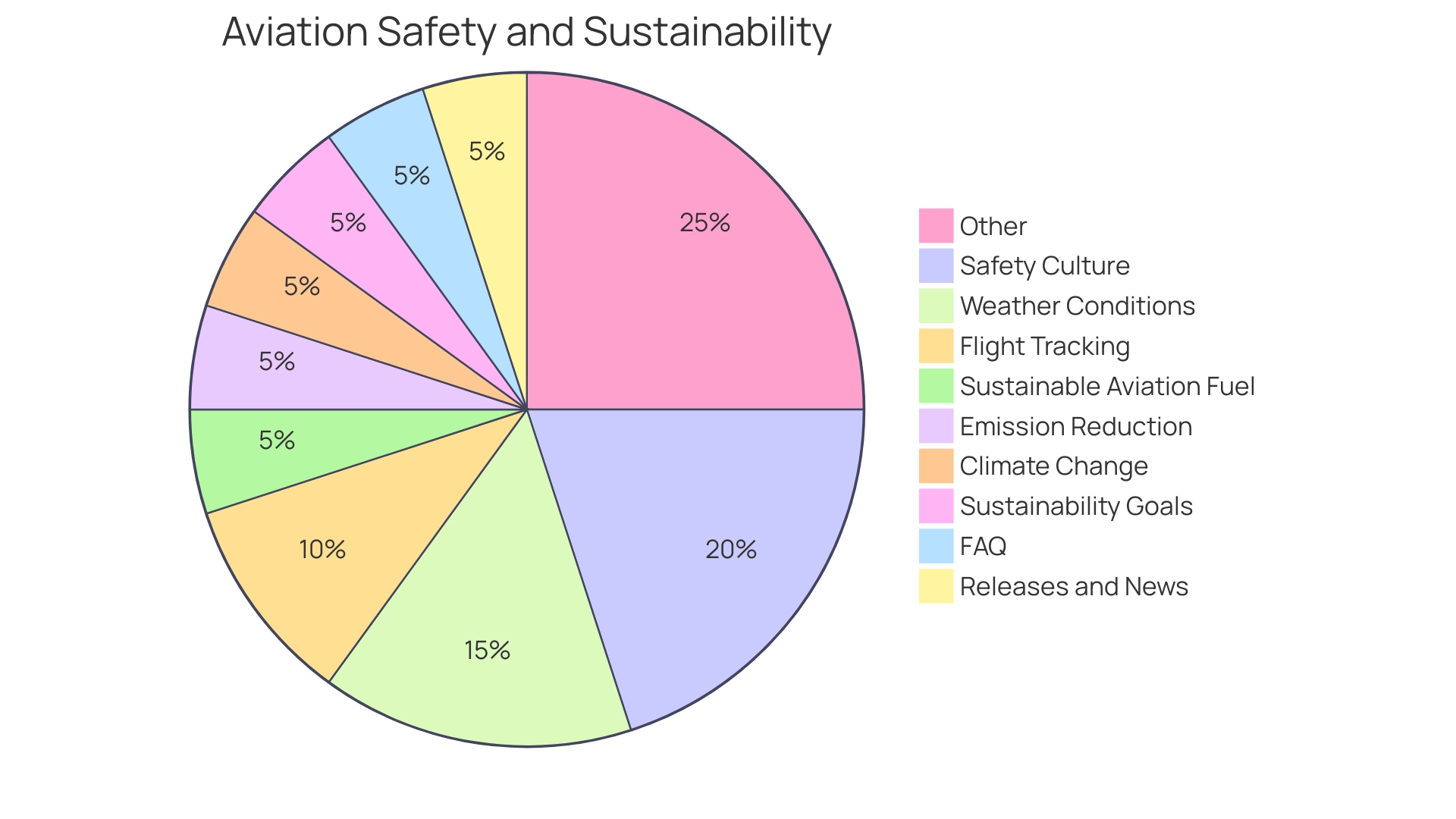
Production Process of Green Jet Fuel
The intricate process of creating green jet fuel, also known as sustainable aviation fuel (SAF), starts with selecting an appropriate feedstock such as plant oils or agricultural residues. This raw material is then converted into intermediates like fatty acids or triglycerides. The crux of the production lies in the refining techniques, notably hydroprocessing or pyrolysis, which purify the substance and adjust its properties to meet the stringent criteria for aviation fuel. Once refined, this green fuel can be directly blended with conventional jet fuel, or used solely in aircraft, maintaining full compatibility with existing jet engines.
With growing public and private investments bolstering SAF development, it's clear that the aviation industry is primed for a significant shift. As reported by Airbus in partnership with Neste, and echoed by industry experts, this transition is not just about adopting a new type of fuel, but ensuring it's as reliable as the traditional fuels that have powered aircraft since the 1950s. The commitment to SAF is further underscored by the fact that a round trip flight from New York City to London emits approximately 1000 kilograms of carbon dioxide, highlighting the urgent need for lower-emission alternatives.
As commercial aviation continually strives for safety and reliability, incorporating SAF is a cornerstone for the industry's future. The University of Wroclaw's groundbreaking research, led by Professor Andrzej Vogt, has been pivotal in advancing biofuel technology, demonstrating that these biofuels can seamlessly integrate with existing energy infrastructures. In the words of Chris, a commercial pilot and aviation enthusiast, 'Sustainable aviation fuels are not just a possibility—they are a necessity for the industry's ambition to reduce its carbon footprint.'
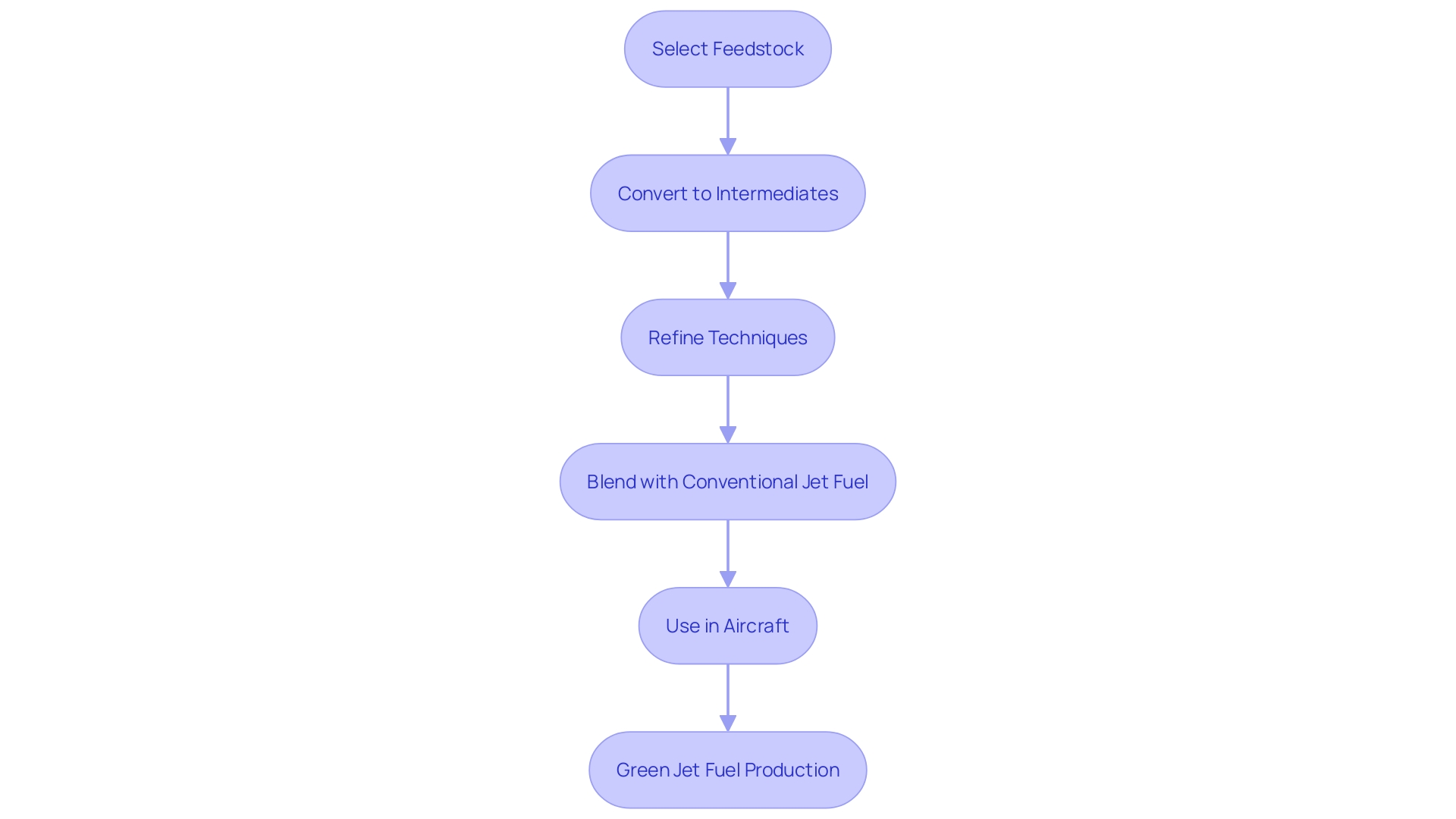
Environmental Benefits of Green Jet Fuel
The aviation industry is on the cusp of a revolution with the advent of sustainable aviation fuel (SAF), marked by groundbreaking achievements such as the historic transatlantic flight that landed at John F. Kennedy Airport, a commercial jet powered exclusively by SAF produced from waste cooking oils and animal fats. This Virgin Atlantic flight, featuring the Boeing 787, is a testament to the industry's commitment to reducing its carbon footprint. SAF showcases the potential to significantly lower greenhouse gas emissions—by up to 80% across its lifecycle from production to combustion—when compared to traditional jet fuels.
Dr. Lima of Firefly Green Fuels described the process of creating 'bio-crude,' a substance akin to crude oil, both in appearance and chemical behavior. This innovation is a net-zero fuel made from sustainable feedstocks. The enthusiasm surrounding this development is palpable, as it signals a shift towards less reliance on fossil fuels and a move towards more sustainable practices in aviation.
Furthermore, the environmental advantages of SAF are not limited to carbon emission reductions. It also boasts a lower sulfur content, which is critical in decreasing the emission of sulfur oxides (Sox), a group of compounds notorious for contributing to air pollution and climate change. Virgin Atlantic, recognized for its customer service and innovation, is paving the way for a greener future in aviation. It continues to expand its US operations with new routes, all the while strengthening its transatlantic network, a pivotal connection for global travel and trade.
As the industry looks towards a net-zero future, the role of SAF cannot be overstated. Its adoption is being supported by growing public and private investments, ensuring the safety and reliability of this green fuel while maintaining compatibility with existing jet engines. This alignment of safety and sustainability makes SAF an essential component of modern aviation, an industry inherently focused on safety culture and infrastructure. The significance of these developments is magnified by the fact that for many, especially in affluent countries, air travel represents the largest portion of individual carbon footprints. With a single round trip flight from New York City to London emitting roughly 1,000 kilograms of carbon dioxide, the shift to SAF is a crucial step in mitigating the environmental impact of air travel.
Current Challenges and Future Prospects
Sustainable aviation fuel (SAF) is emerging as a pivotal solution to the aviation industry's carbon footprint, which is a significant concern given that a single round trip from New York City to London can emit around 1000 kilograms of carbon dioxide. The switch to SAF, akin to historical modifications in gasoline and diesel compositions, demands robust proof that these renewable fuels can match the safety, reliability, and compatibility with current jet engines. Despite SAF's potential, challenges such as feedstock availability, cost, and production scalability persist.
Commercial aviation's commitment to safety and operational efficiency means that any new fuel like SAF must meet rigorous standards. Innovations in fuel technology are crucial, as evidenced by the first transatlantic flight powered by a blend of fat and sugar, showcasing a future where airline emissions could be drastically reduced through the use of alternative fuels derived from waste lignin, agricultural residues, and even microbial by-products.
The U.S. aviation sector, being the third-largest contributor to transportation emissions, is under pressure to decarbonize. With commercial aircraft operating for decades, immediate solutions are required. SAF presents a viable path forward, especially considering the U.S. aims to produce 3 billion gallons of SAF per year by 2030 and potentially 35 billion gallons by 2050. To meet these ambitious targets, substantial public and private investments are being channeled into scaling up the production and utilization of SAF.
Understanding the molecular challenges of creating effective SAF is crucial, as is overcoming the 'chemical recalcitrance' of potential bio-based feedstocks. Yet, with airlines like American, Delta, and United striving for zero emissions by 2050, the impetus for innovation is clear. The future of green jet fuel, bolstered by these developments and the establishment of commercial-scale biorefineries, is indeed promising as the industry collaborates to reduce its environmental impact while maintaining the high safety standards that define air travel today.

Industry and Government Initiatives for Green Jet Fuel Adoption
Within the aviation sector, the momentum toward green jet fuel adoption is gaining altitude, as evidenced by initiatives across the industry. Airlines are channeling resources into the research and development of sustainable aviation fuel (SAF), forging partnerships with biofuel producers, and showcasing its viability through demonstration flights. In a groundbreaking event, Virgin Atlantic operated the first transatlantic flight utilizing SAF derived from tallow and waste fat, marking a significant stride toward aviation's net-zero carbon goals. Despite the success, the flight revealed substantial hurdles in cost and fuel availability, underscoring the need for wider accessibility to make such endeavors commonplace.
The global push for greener skies is further bolstered by government incentives, grants, and policy frameworks aimed at fostering the production and uptake of green jet fuel. The UK government's financial backing of Virgin Atlantic's eco-conscious flight, to the tune of 1 million pounds, exemplifies state support in pioneering eco-friendly travel. With international bodies like the International Civil Aviation Organization setting ambitious targets for net-zero emissions by 2050, the regulatory landscape is increasingly conducive to sustainable practices.
Experts like Robert McCormick from the National Renewable Energy Laboratory highlight the industry's readiness to embrace SAF, despite the challenges of adapting to a fuel that differs from the traditional jet fuel used for the past seven decades. This commitment to innovation and sustainability is echoed in the collaborative efforts of industry giants such as Airbus and Neste, who have joined forces to decarbonize aviation, a testament to the sector's dedication to meeting climate change head-on.
As the aviation industry navigates the complexities of integrating SAF into its fuel strategy, it faces the imperative of producing biomass in a way that maximizes value, considering the co-benefits and trade-offs of different feedstocks. Strategic growth of these feedstocks and the clustering of processing facilities are crucial steps toward building a sustainable aviation fuel industry capable of reducing the sector's carbon footprint.
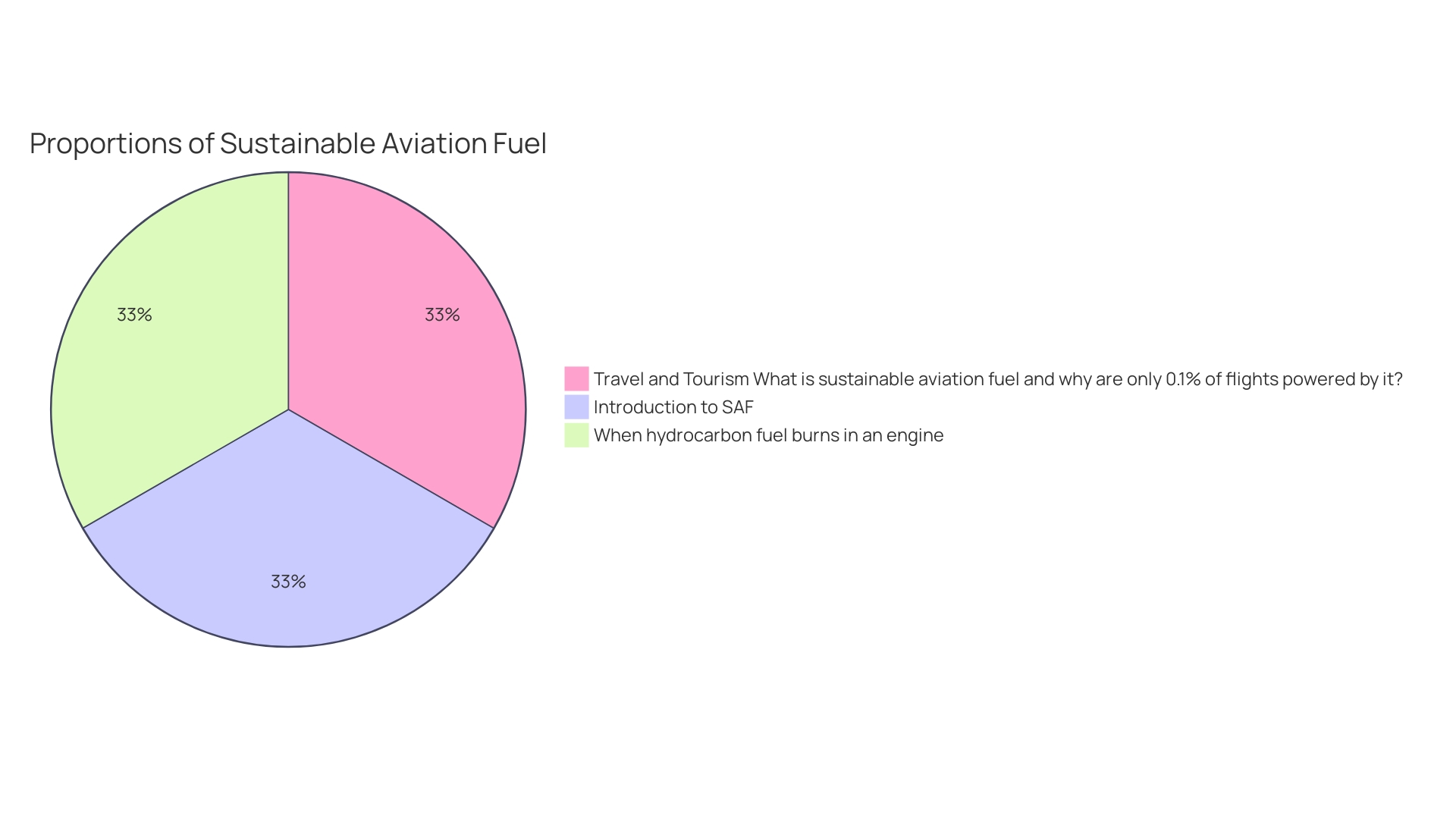
Technological Advancements in Green Jet Fuel Production
The quest for sustainable aviation is gaining altitude with the advent of green jet fuel, a promising alternative to traditional aviation fuels. These eco-friendly fuels are derived from renewable or waste materials and are designed to meet rigorous sustainability criteria set by organizations like the International Civil Aviation Organization. They offer a viable solution to the aviation industry's carbon footprint, which is currently responsible for approximately 2% of global energy-related CO2 emissions.
Innovative approaches to producing green jet fuel are essential, as the industry faces significant challenges in reducing emissions. While battery- and hydrogen-powered aircraft are being explored, their current technical and infrastructural limitations, coupled with the high costs of redesigning aircraft and retrofitting airports, make sustainable aviation fuel the favored choice among industry stakeholders. Companies like Delta, Air France, and International Airlines Group, as well as the Oneworld Alliance, are committing to a 10% usage target of sustainable aviation fuel by 2030.
One breakthrough in sustainable fuel production involves the creation of 'bio-crude,' a substance that mimics the chemical behavior of crude oil and offers a net-zero carbon alternative. This is achieved through advanced refining techniques and catalytic processes, which are continually being optimized to improve feedstock conversion rates and yields. The potential of these technological advancements is significant, as evidenced by the excitement of experts like Dr. Lima of Firefly Green Fuels, who highlights the sustainable nature of this innovative fuel.
Moreover, sustainable aviation fuels are not just a theoretical solution; they are already taking flight. The successful transatlantic journey of an aircraft fueled by fat and sugar marks a historic moment in the industry, showcasing the tangible progress towards a future where flights are powered by unconventional, cleaner fuels like starch, sugar, and even waste-derived resources.
The development of green jet fuel is part of a broader effort to address aviation's environmental impact, which is a major concern for many, particularly in affluent nations where air travel constitutes a sizeable portion of individual carbon footprints. A single round trip from New York City to London, for instance, emits roughly 1000 kilograms of CO2, emphasizing the urgency of transitioning to more sustainable fuel options.
As the technology behind green jet fuel production continues to evolve, the industry is poised for transformation. With each technological stride, the goal of achieving a carbon-neutral aviation sector becomes more attainable, offering a cleaner, more sustainable future for air travel.
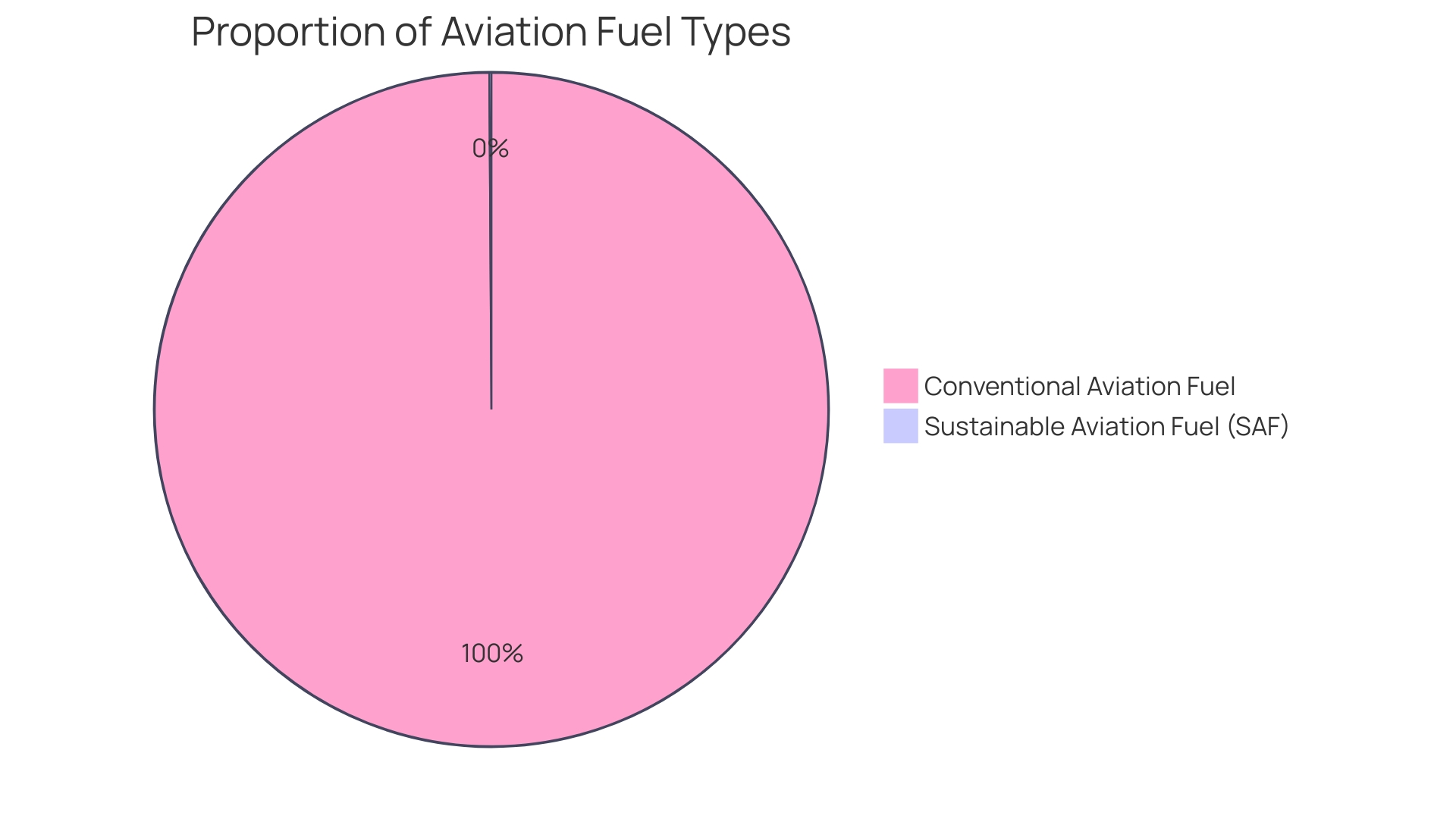
Economic and Environmental Impact of Widespread Green Jet Fuel Use
The transition to green jet fuel is a transformative movement within the aviation sector, promising substantial economic and environmental benefits. The development and utilization of sustainable aviation fuels (SAF) not only bolster the renewable energy job market but also invigorate rural economies through the cultivation of biofuel feedstocks. This shift offers an avenue towards energy autonomy by curtailing dependency on traditional fossil fuels. Environmentally, green jet fuel stands as a pivotal element in combatting climate change, with its potential to substantially lower carbon emissions from air travel—a significant contributor to global carbon output.
Notably, a historical milestone was recently achieved when a Virgin Atlantic flight became the first transatlantic journey powered solely by alternative fuels. This momentous event underscores the industry's commitment to achieving net-zero carbon emissions and marks a significant step forward in eco-friendly air travel. However, challenges persist, such as ensuring a steady supply of green fuel to meet the growing demands of the aviation industry.
Innovations in the production of SAF, like those pioneered by Firefly Green Fuels, demonstrate the viability of 'bio-crude'—a substance that mirrors crude oil in appearance and chemical behavior but with the crucial distinction of being net-zero in emissions. The success of such developments is instrumental in addressing the pressing need for cleaner aviation.
Despite the enthusiasm surrounding SAF, it is crucial to navigate the environmental trade-offs carefully. Concerns such as indirect land-use change highlight the complex interplay between fuel production and global food supply, emphasizing the need for sustainable agricultural practices and thoughtful resource management.
As the aviation industry progresses towards a greener future, it remains imperative to balance the urgent need for climate action with the intricacies of ecological and economic systems. The ongoing evolution of green jet fuel production continues to reshape the landscape of air travel, paving the way for a more sustainable and responsible approach to connecting the world.
Case Studies: Airlines and Companies Leading the Way in Green Jet Fuel Use
The aviation industry is soaring towards a greener future, with trailblazing efforts by prominent airlines and companies to integrate sustainable aviation fuel (SAF) into their operations. United Airlines, for example, has pledged to acquire up to 10 million gallons of SAF over a two-year span. Similarly, Delta Air Lines has backed a sustainable aviation fuel production facility, showcasing a vested interest in cleaner energy sources.
Companies at the forefront of SAF production, like Gevo, Neste, and Fulcrum BioEnergy, are strategically positioned to supply this burgeoning demand. Neste, in particular, has established itself as a leader in the sector, offering Neste Impact, an emission reduction solution designed to assist companies in achieving sustainability objectives and making a tangible difference.
A landmark event underscoring this momentum was Virgin Atlantic's pioneering transatlantic flight, powered entirely by SAF. Originating from London's Heathrow and touching down at New York's JFK airport, this flight manifested the potential for a sustainable aviation future. Operated by a Boeing 787, the jet utilized roughly 70 tons of fuel derived from waste cooking oils and animal fats, symbolizing the industry's stride towards net zero carbon emissions.
This historic flight, although not open to fare-paying customers, carried a contingent of scientists, media, and industry professionals, including Virgin Atlantic's founder Sir Richard Branson. The successful journey was not only a testament to the technical feasibility of SAF but also highlighted the challenges ahead, such as scaling up the supply chain to meet global demands.
The criticality of transitioning to SAF is underscored by the substantial carbon footprint associated with air travel. For many, especially in affluent regions, flying represents the largest portion of individual carbon emissions. A single round trip flight from New York City to London can emit approximately 1000 kilograms of carbon dioxide.
As companies and airlines navigate the complexities of decarbonizing aviation, these advancements signal a turning point in the industry's commitment to a healthier planet for future generations. The journey towards net zero emissions is underway, with safe playing a pivotal role in reshaping how we fly.
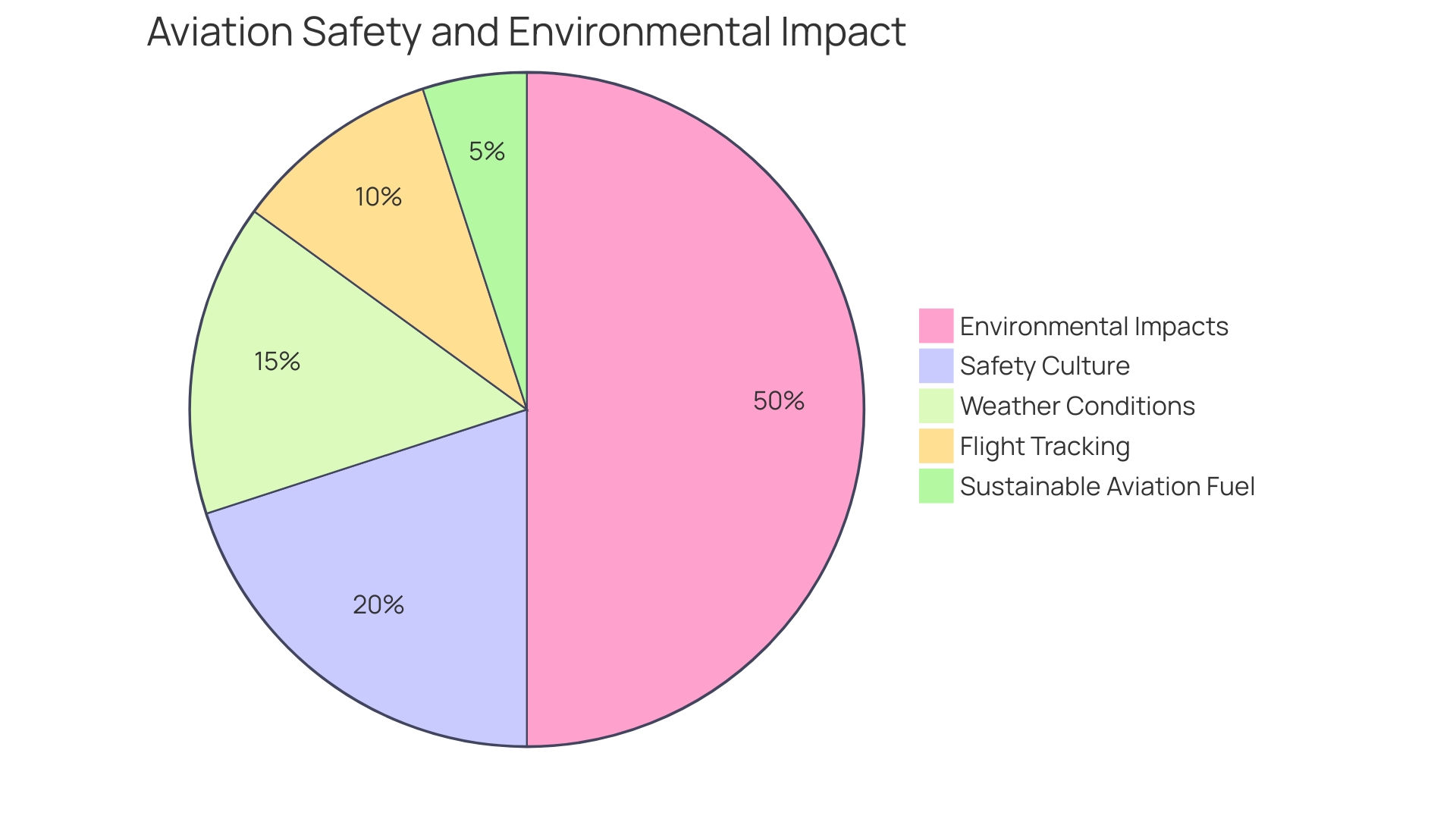
Conclusion
In conclusion, the aviation industry's adoption of sustainable aviation fuel (SAF) is a significant stride towards a greener future. SAF, derived from renewable resources like non-food biomass and used cooking oil, offers a substantial reduction in carbon emissions compared to traditional jet fuel. Pioneering partnerships, such as Airbus and Neste, highlight the industry's commitment to achieving a net-zero future.
Backed by significant public and private investments, the aviation industry is ensuring that SAF meets the highest safety and compatibility standards with existing jet engines. Services like Neste Impact provide organizations with actionable pathways to meet sustainability targets, offering expert insights and real-time tracking services to optimize operations and embrace sustainability initiatives.
The industry's move towards SAF is fueled by its commitment to reduce emissions, with major airlines setting ambitious goals to achieve carbon neutrality by 2050. The production process of green jet fuel involves selecting appropriate feedstocks, refining them through techniques like hydroprocessing or pyrolysis, and ensuring that the resulting fuel meets rigorous standards.
The adoption of SAF not only reduces carbon emissions but also contributes to decreased emissions of sulfur oxides (SOx) and air pollution due to its lower sulfur content. This environmental advantage, coupled with significant investments, makes SAF an essential component of modern aviation.
The aviation industry is actively investing in research and development, forging partnerships with biofuel producers, and showcasing the viability of sustainable aviation fuel through demonstration flights. Government incentives and policy frameworks further support the push for greener skies.
Technological advancements in green jet fuel production, such as refining techniques and catalytic processes, are continually improving feedstock conversion rates and yields. These advancements, along with successful flights powered by cleaner fuels, signal a more sustainable future for air travel.
The widespread use of green jet fuel offers substantial economic and environmental benefits, invigorating renewable energy job markets and rural economies while reducing dependence on fossil fuels. It plays a pivotal role in combatting climate change by substantially lowering carbon emissions from air travel.
In summary, the adoption of sustainable aviation fuel represents the aviation industry's commitment to a greener future. With significant investments, partnerships, and technological advancements, the industry is making significant strides towards reducing its environmental footprint and achieving a more sustainable and responsible approach to air travel.




